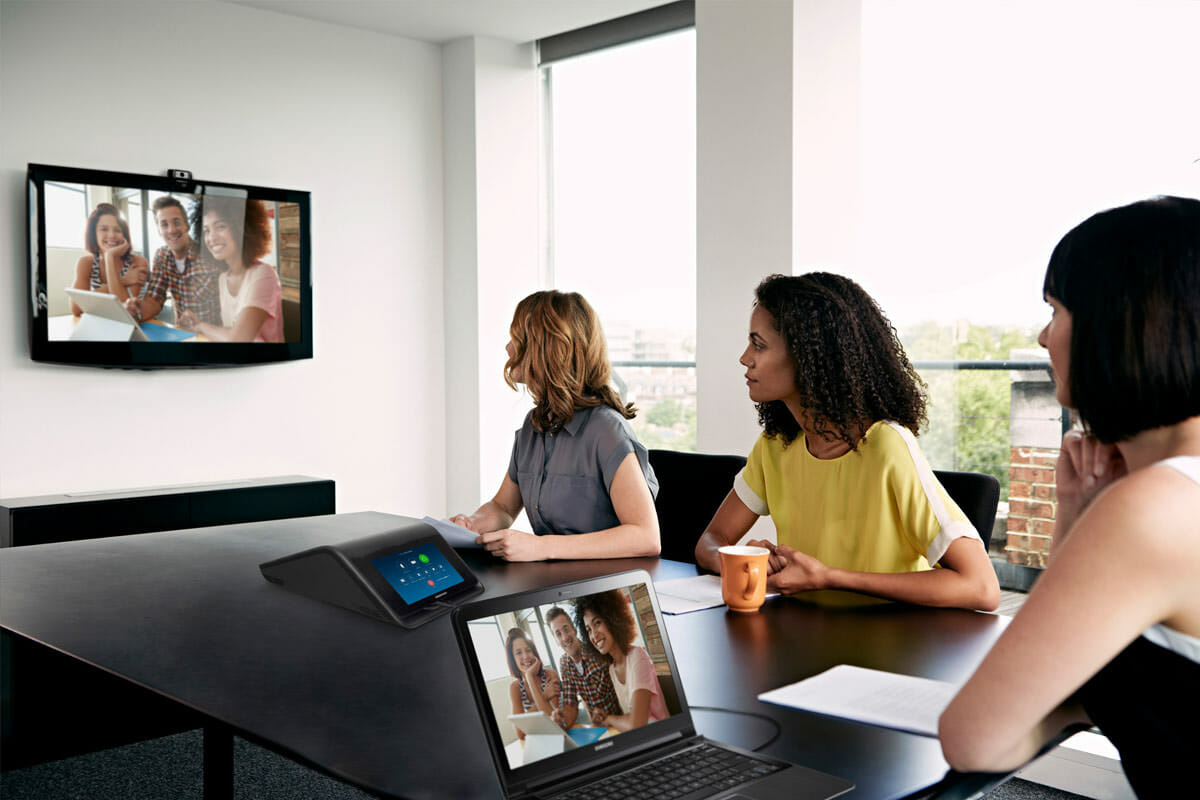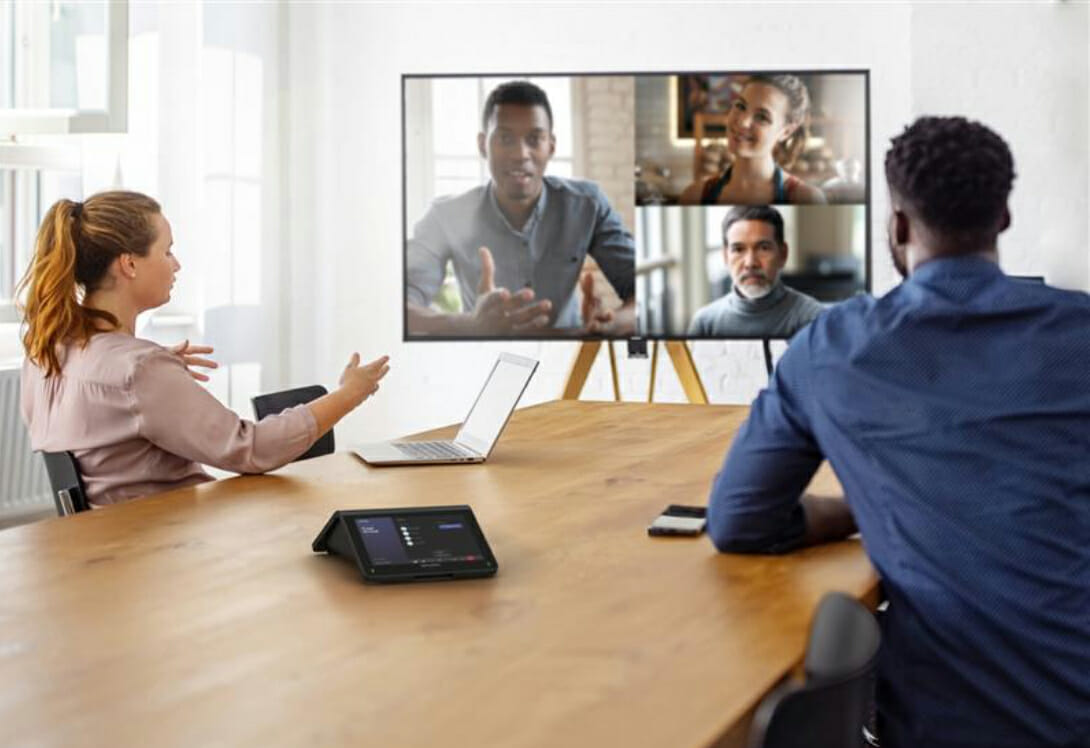Although the pandemic has come to an end (for the most part), the majority of the workforce is still working remotely or hybrid and with that, the tools that allow employees to work from home, have become increasingly popular. Video conferencing is a key tool for connecting internal teams and clients. Even with the pandemic coming to an end, video conferencing is not going anywhere anytime soon. In fact, in 2020 Microsoft co-founder Bill Gates predicted that:
“Over 50% of business travel and over 30% of days in the office will go away in the pandemic’s aftermath.”
Even now, over two years after the pandemic, there are many companies trying to transition employees back to working in the office who are receiving push back. It turns out employees highly value having autonomy over where and when they work. In conclusion, whether you love it or hate it, remote work and video conferencing is here to stay.
Office Technology will Improve
 Video conferencing may have been a game changer as far as remote work goes but it has not made the physical office obsolete. More and more companies are adopting hybrid work schedules than ever before. This is a great way to offer your employees the flexibility of working from home a few days a week but also allowing them to come into the office to meet in person as needed. One of the challenges with a hybrid workforce is that your employees typically won’t be in the office on the same days. For this reason, it is increasingly important to have video conferencing technology in place that will allow remote workers to communicate seamlessly with those working in the office. For true collaboration, everyone, no matter where they work, must be able to participate equally and fully. Now and in the future, companies will need to make it a priority to invest in digital workplace solutions with high fidelity audio and intelligent video such as Crestron Flex Video Conferencing.
Video conferencing may have been a game changer as far as remote work goes but it has not made the physical office obsolete. More and more companies are adopting hybrid work schedules than ever before. This is a great way to offer your employees the flexibility of working from home a few days a week but also allowing them to come into the office to meet in person as needed. One of the challenges with a hybrid workforce is that your employees typically won’t be in the office on the same days. For this reason, it is increasingly important to have video conferencing technology in place that will allow remote workers to communicate seamlessly with those working in the office. For true collaboration, everyone, no matter where they work, must be able to participate equally and fully. Now and in the future, companies will need to make it a priority to invest in digital workplace solutions with high fidelity audio and intelligent video such as Crestron Flex Video Conferencing.
Collaboration Tools will Continue to Evolve
Video conferencing hasn’t always been a great experience… Between the dreaded echo that occurs when two devices are at proximity to trouble hearing and seeing people who join a meeting from a conference room, it’s no secret that video calls can be frustrating. The good news is that the technology is evolving. From being able to move around virtual spaces to collaborating via 3-D holograms, the possibilities are endless as technology continues to improve in the video conferencing space.
Facebook believes it has developed a tool for the future of work: a virtual reality app that allows remote workers the chance to collaborate in the same virtual space. Horizon Workrooms (beta) is the VR space for teams to connect, collaborate and develop ideas, together.
Home Offices will be Upgraded
 After the last couples years of struggling to connect over unreliable internet connections, bad audio, low quality video, and other technical glitches related to working from home, remote workers are demanding more. Many companies are looking into providing their remote and hybrid employees with video conferencing kits to help ease some of the technical struggles that come with working from home. Employees are accustomed to being outfitted with everything they need to work efficiently in the office, it makes sense that they should have the collaboration tools required to work seamlessly from home as well.
After the last couples years of struggling to connect over unreliable internet connections, bad audio, low quality video, and other technical glitches related to working from home, remote workers are demanding more. Many companies are looking into providing their remote and hybrid employees with video conferencing kits to help ease some of the technical struggles that come with working from home. Employees are accustomed to being outfitted with everything they need to work efficiently in the office, it makes sense that they should have the collaboration tools required to work seamlessly from home as well.
Have a Project in Mind?
Video conferencing technology can be a difficult thing to navigate, but our approach is simple: help you make sense of what’s available and deploy a system that will be adopted by even the most non-technical users. Ready to upgrade your video conferencing capabilities? Contact us today to get started












